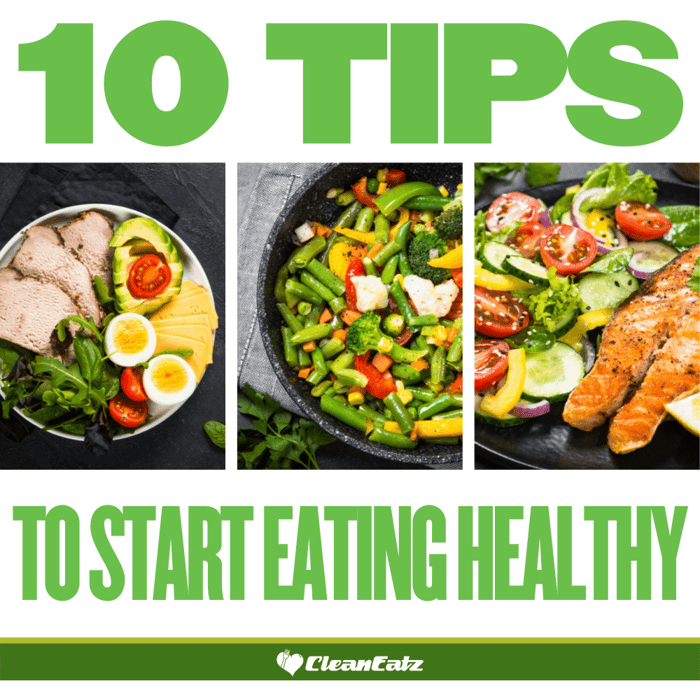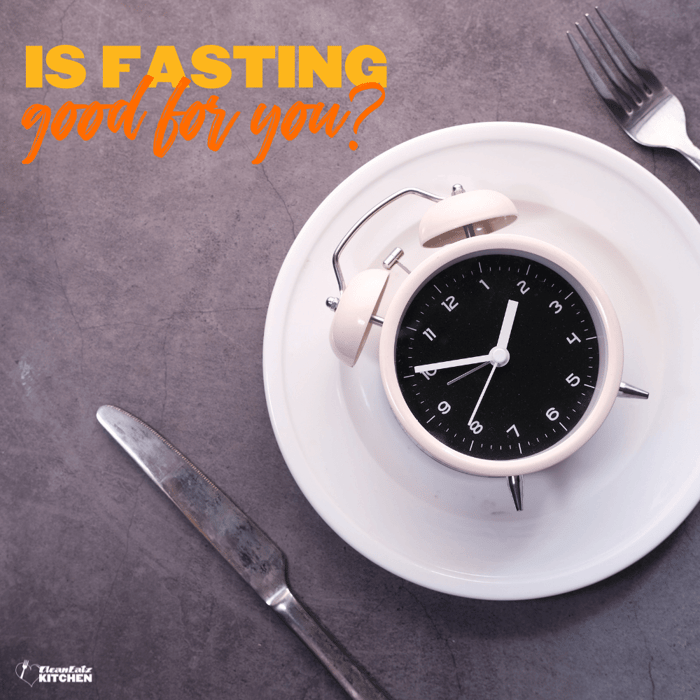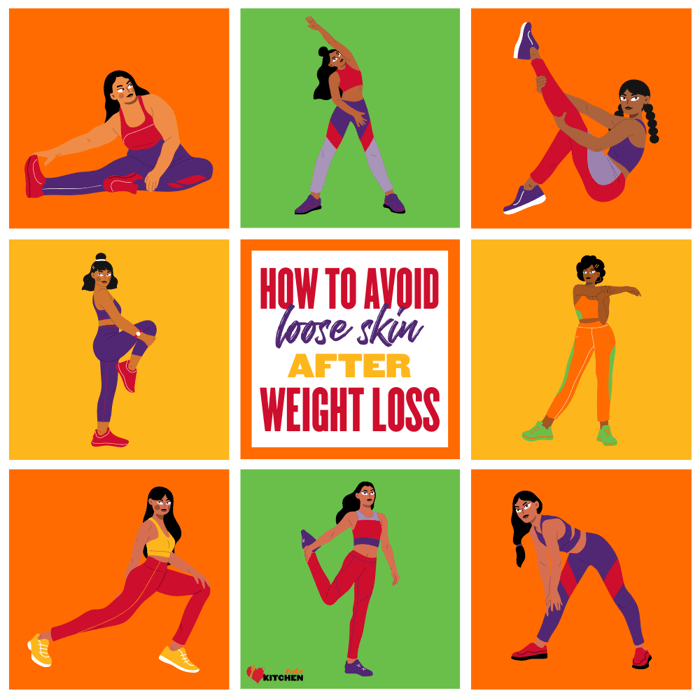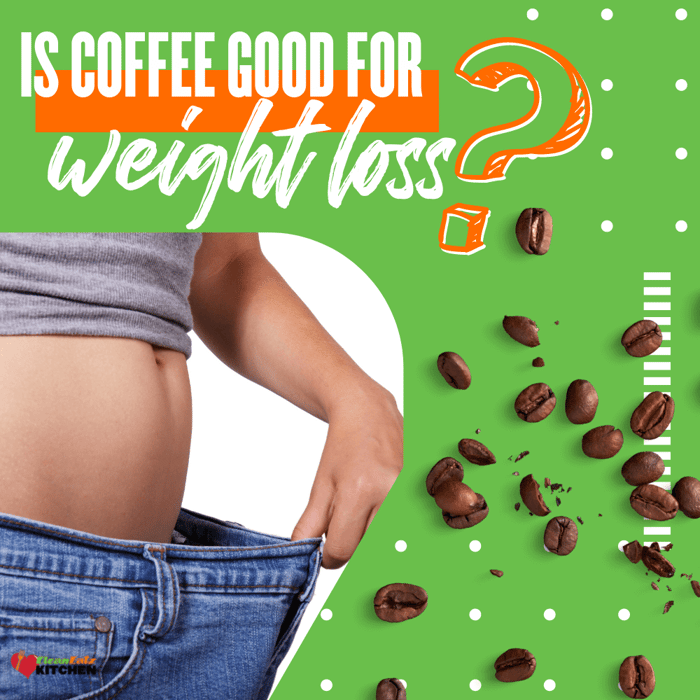Quick answer: Start with a simple plate template (½ veggies/beans, ¼ protein, ¼ smart carbs), limit added sugar and excess sodium, and repeat easy meals you like. Small daily changes compound—and they’re easier to maintain than perfection.
On this page
- 10 tips that work in real life
- Beginner plate template
- Smart shopping & label reading
- What to eat from Clean Eatz Kitchen
- FAQ
10 tips that work in real life
1) Make half your plate produce
At most meals, fill half your plate with vegetables or beans. Fresh, frozen, or canned (rinsed) all count.
2) Put protein on every plate
Aim for about 25–35 g per meal from chicken, fish, eggs, Greek yogurt, tofu/tempeh, beans, or lentils. Protein helps fullness and muscle maintenance.
3) Choose “smart carbs”
Prioritize whole grains, potatoes, fruit, or legumes. Keep portions measured (about a fist of cooked grains/pasta or a medium potato).
4) Mind added sugars
Keep added sugars low—scan the label’s Added Sugars line and %DV; favor foods closer to 0–5% DV per serving most days.
5) Keep sodium reasonable
Most sodium comes from packaged and restaurant foods. Compare labels and pick the lower-sodium option when you can.
6) Cook once, eat twice
Batch a protein and a grain, roast a tray of veggies, and mix-and-match all week. Repeat your 2–3 easiest meals.
7) Upgrade snacks
Pair protein + produce (Greek yogurt + berries, hummus + peppers, cottage cheese + fruit) instead of chips or candy.
8) Hydrate smartly
Use water, unsweetened tea/coffee, or flavored seltzer. Keep sugary drinks for rare occasions.
9) Build a default breakfast & lunch
Pick one “house” option for each (e.g., veggie omelet + toast; chicken/grain/veg bowl) so healthy is the easy choice.
10) Make change visible
Keep a shopping list on your fridge, pre-portion oils/sauces, and keep produce at eye level. Small nudges beat willpower.
Beginner plate template
- ½ plate vegetables or beans
- ¼ plate lean protein (25–35 g)
- ¼ plate smart carbs (whole grains, potatoes, fruit)
- + measured fats (olive oil, avocado, nuts/seeds; mind portions)
Smart shopping & label reading
- Staples list: frozen veggies/fruit, salad kits, canned beans/fish, eggs, yogurt, tofu/tempeh, chicken, microwave grains, whole-grain wraps.
- Added sugar: check Added Sugars grams and %DV (aim lower). Keep daily added sugar under your personal cap.
- Sodium: compare brands; the simpler ingredient list is often lower.
- %DV cheat sheet: around 5% DV is “low,” around 20% DV is “high.” Use it to decide quickly.
What to eat from Clean Eatz Kitchen
- Build-A-Meal Plan — lock in portions and macros without overthinking.
- Meal Plans — rotating, balanced sets for consistent weeks.
- Cleanwich — easy high-protein lunch on busy days.
FAQ
Do I have to count calories?
No. Many beginners do well with a plate template, consistent meal times, and swapping sugary drinks for water. Tracking can help later if progress stalls.
Are frozen and canned foods healthy?
Yes—look for low-sodium canned goods (rinse beans) and unsweetened frozen produce. They’re budget- and time-friendly.
How fast should I expect results?
Focus on habits first. Energy and digestion often improve in 1–2 weeks; weight and lab changes follow with consistency.
What’s one change with the biggest payoff?
Replace sugary drinks with water or unsweetened tea/coffee—and build protein + produce into every meal.




